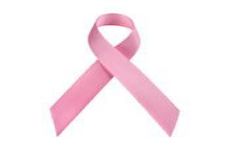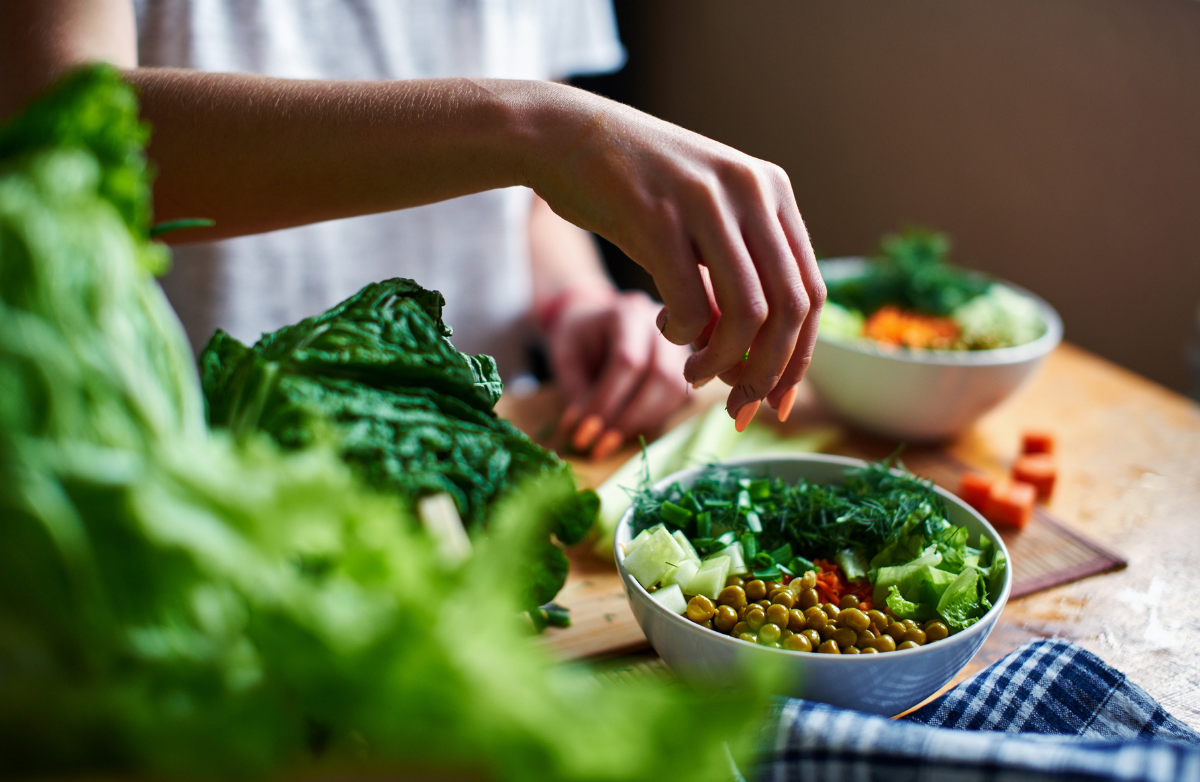Munching MisstepsYou watch what you eat and feel pretty savvy about nutrition. But as you’re racing from one chore to the next, it’s easy to skimp on certain nutrients and overdose on others. The good news: “There’s no food or dietary component that you have to eliminate from a healthy diet,” says Rachel Begun, MS, RD, a spokesperson for the Academy of Nutrition and Dietetics. “But you have to plan a little to balance your diet the majority of the time.” Here are women’s most common nutrition mistakes and how to fix them. You eat too much sodium.The recommended daily allowance for sodium is 2,300 mg. But if you’re over 50 years old, have high blood pressure, diabetes or kidney disease or are African American, your sodium intake shouldn’t go above 1,500 mg per day. Unfortunately, the average American consumes about 3,300 mg daily, according to the Centers for Disease Control (CDC). “Most of our daily sodium comes from restaurant meals and processed foods, not the salt shaker on your table,” says Begun. “Start reading food labels. You’ll be surprised how quickly sodium adds up.” The fix: Eat more fresh foods or prepare more foods at home, where you control how much salt goes in. Reduce your consumption of packaged foods, such as canned soup, lunch meat, frozen meals, flavored rice, dressings, sauces and snacks. Watch for sodium in condiments too. Even low-sodium soy sauce has a whopping 533 mg per tablespoon. And when you dine out, choose restaurants that cook to order, so you can ask chefs to prepare items without salt and serve sauces on the side. Your sugar intake is too high.According to the American Heart Association, women should have no more than 6 tsp (24 g) of added sugar per day. But many of us get about 22 tsp per day. “The spoonful in your coffee isn’t the biggest culprit,” says Angela Lemond, RD, a spokesperson for the Academy of Nutrition and Dietetics. “Sugar is hiding in places you don’t expect.” Since added sugar contains weight-boosting calories but no nutrients, it’s especially important to be conscious of your overall intake.The fix: Learn to identify added sugar in ingredients lists. It goes by names like high fructose corn syrup, evaporated cane juice, molasses, honey, agave nectar and barley malt syrup. Watch for added sugar in foods such as sauces and dressings and bottled drinks such as fruit juice, iced tea, iced coffee, energy drinks and of course, sodas. And be wary of lowfat foods. When companies take out fat, they often add sugar to enhance flavor, says Lemond. You skimp on fiber.“Fiber slows the rate at which your body digests food, so your energy levels remain more stable and you feel full longer, which helps with weight management,” says Lemond. Fiber may also reduce your risk of constipation, heart disease, diabetes and colon cancer. Women need about 25 g per day, yet most of us eat just 10 to 15 g, according to the National Institutes of Health (NIH).The fix: Up the amount of fiber you eat over a few weeks’ time to cut your chances of bloating, and drink more water, which helps fiber move through the digestive tract. Start the day right with breakfast cereals that contain 5 g of fiber or more. Eat a variety of beans and legumes, sprinkling them over salads and pasta. Eat the skins on fruits and vegetables, such as apples and potatoes. Bump up your intake of whole grains, such as whole-grain pasta, or try ancient grains, such as quinoa and spelt, to add variety to your diet, suggests Begun. Click here for 5 more nutrition mistakes! Stories you might like: Have you been making these nutrition mistakes? Provided Photo |
Related Entries
More From SparkPeople
|
.jpg)



.png)



.png)







.png)



